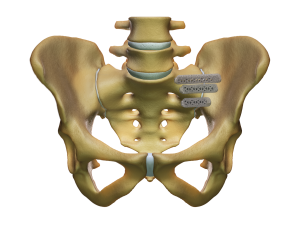
SI Joint Fusion
SI Joint Fusion To stabilize your sacroiliac (SI) joint and limit its movement, your doctor might suggest surgery, which involves fusing the SI joint. The RialtoTM
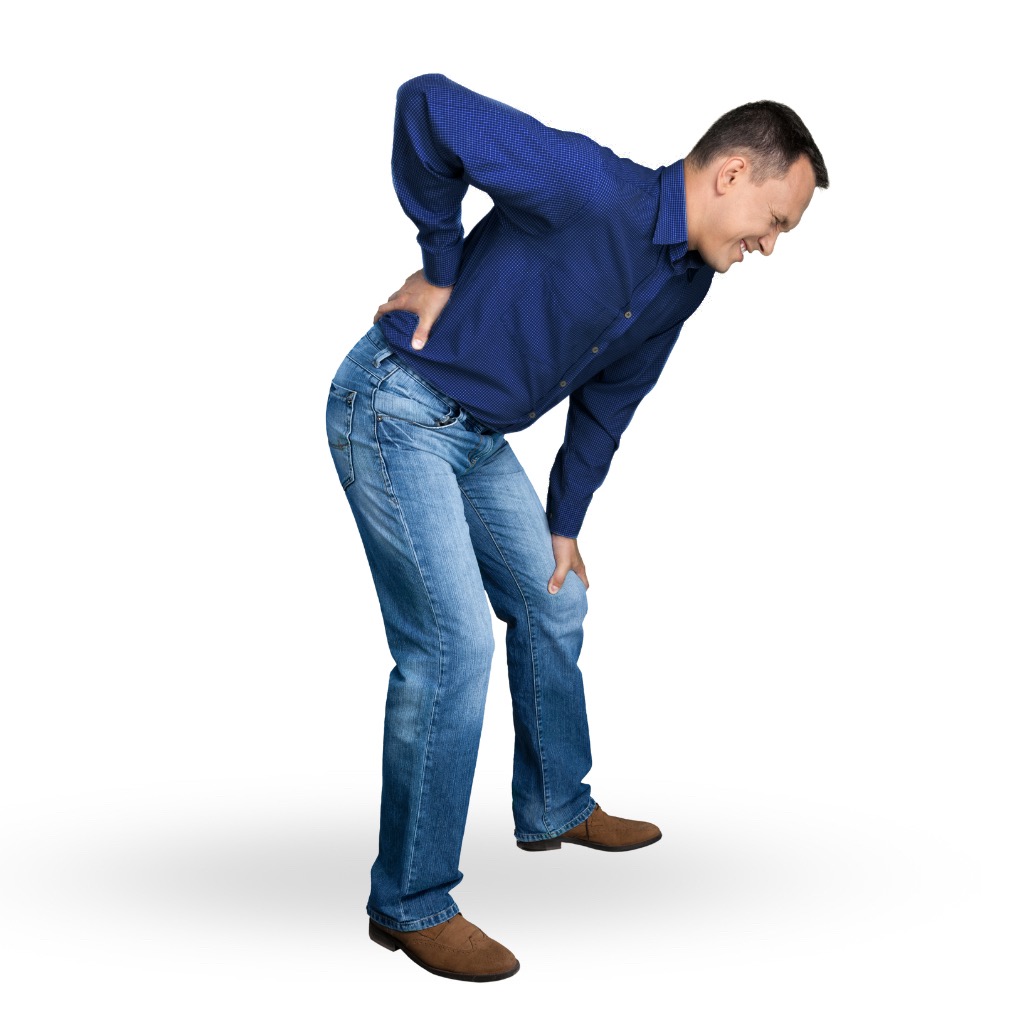
When it comes to your spine health, trust the exceptional expertise of Dr. Winston Capel , a board-certified neurosurgeon with specialized training in orthopedic spine care. With his comprehensive knowledge and extensive experience, he is dedicated to providing personalized and effective solutions for a wide range of spinal conditions.
Dr. Winston Capel brings 30 years of extensive experience and training in neurosurgery, focusing specifically on spinal conditions. With a deep understanding of complex spine anatomy and innovative surgical techniques, he possesses the expertise necessary to address a wide range of spine-related issues.
The physicians at Alabama Bone and Joint Clinic have a deep understanding of spinal disorders, including herniated discs, spinal stenosis, degenerative disc disease, spinal deformities, and spinal tumors. With advanced diagnostic tools and techniques, they will ensure an accurate diagnosis and develop personalized treatment plans that may include both surgical and non-surgical interventions. If seen by one of our providers for spinal conditions, including back pain, neck pain, spinal deformities, herniated discs, spinal stenosis, fractures, tumors, infections, and spinal cord injuries, a thorough physical examination will be conducted, review of your medical history, and the order of imaging tests such as X-rays, MRI scans, CT scans, or bone scans to accurately diagnose the underlying problem can be expected. Our specialists primary goal is to alleviate your pain, improve your mobility, and enhance your overall quality of life.

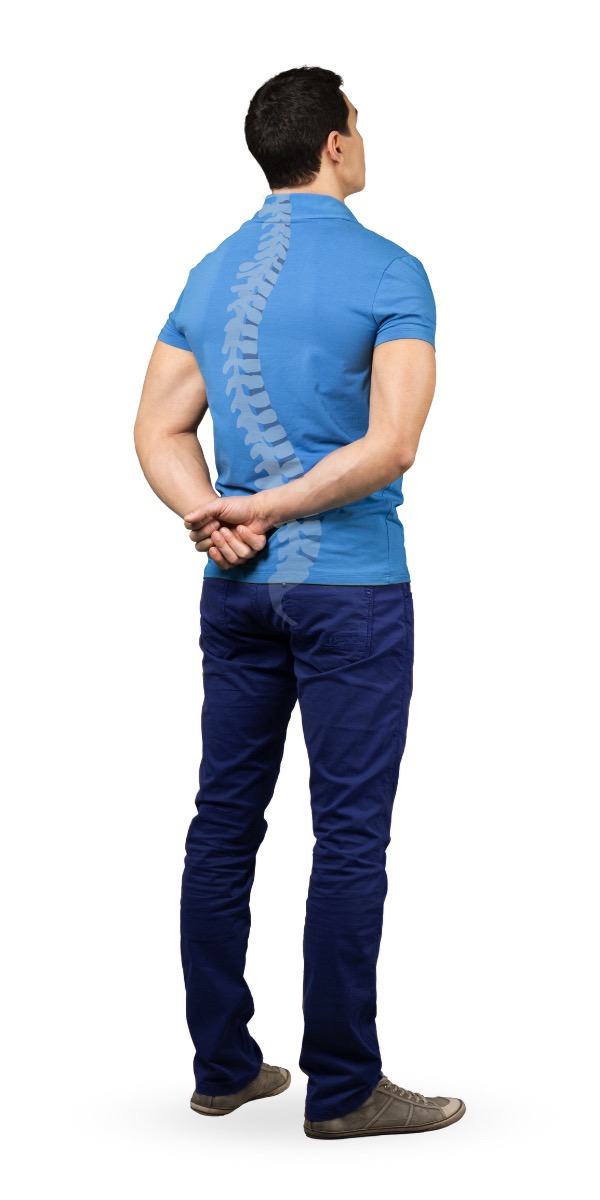
Spine conditions can encompass a wide range of disorders and diseases that affect the structure, function, or nerves of the spine. Here are some common spine conditions, along with their brief explanations and treatment options:
Cervical spine disease refers to various medical conditions that affect the cervical spine, which is the portion of the spine located in the neck region. The cervical spine is composed of seven vertebrae (C1-C7) and is responsible for supporting the head, providing mobility, and protecting the spinal cord and nerves.
Here are some common cervical spine diseases:
Treatment options for cervical spine diseases depend on the specific condition and its severity. Non-surgical treatments may include medications, physical therapy, immobilization with a cervical collar, and lifestyle modifications. In more severe cases or when conservative measures fail to provide relief, surgical intervention may be considered, such as cervical fusion, laminectomy, or disc replacement.


Minimally Invasive Spine Surgery: Performing surgery through small incisions using specialized instruments, reducing tissue damage and promoting faster recovery. tests such as X-rays, MRI scans, CT scans, or bone scans to accurately diagnose the underlying problem.
Complex Spinal Surgeries: Spine surgeons are trained to perform complex procedures such as spinal deformity correction (e.g., scoliosis or kyphosis), tumor resections, spinal cord or nerve decompression, spinal reconstructions, and revisions of previous surgeries.
Dr. Winston Capel, brings years of extensive experience and training in neurosurgery, focusing specifically on spinal conditions. With a deep understanding of complex spine anatomy and innovative surgical techniques, he possesses the expertise necessary to address a wide range of spine-related issues.
At Alabama Bone and Joint Clinic our orthopedic surgeons are available for non-surgical management of spine conditions, injury and disease. The physicians work together collaboratively to deliver the best quality of spine care. Initially you may be recommend non-surgical interventions to manage spinal conditions. These can include physical therapy, pain management techniques, medications, spinal injections, bracing, and lifestyle modifications.
When conservative treatments are ineffective or the condition requires surgical intervention, our neurosurgical spine specialist has the expertise to perform a wide range of surgical procedures.
Dr. Winston Capel brings 25 years of extensive experience and training in neurosurgery, focusing specifically on spinal conditions. With a deep understanding of complex spine anatomy and innovative surgical techniques, he possesses the expertise necessary to address a wide range of spine-related issues.


SI Joint Fusion To stabilize your sacroiliac (SI) joint and limit its movement, your doctor might suggest surgery, which involves fusing the SI joint. The RialtoTM
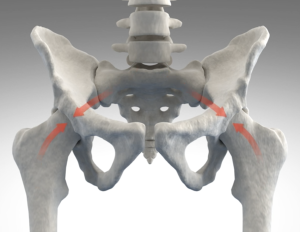
Sacroiliac Joint Dysfunction Treatment options for sacroiliac joint dysfunction may include:

The Sacroiliac Joint The sacroiliac joint (SI joint) The sacroiliac joint (SI joint) is located in the pelvis and connects the sacrum (the triangular bone
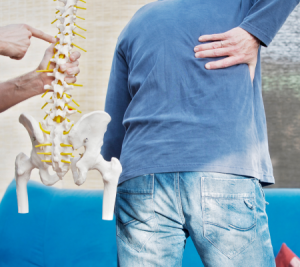
About us Thoracic Fusion Thoracic fusion is a surgical procedure performed to stabilize and fuse two or more vertebrae in the thoracic spine. It is commonly

Thoracic Discectomy Thoracic discectomy is a surgical procedure performed to remove a herniated or degenerated disc in the thoracic spine. The thoracic spine refers to the
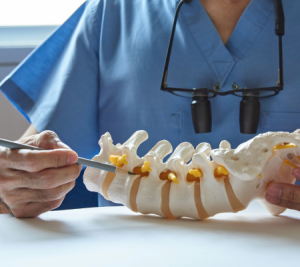
Posterior Lumbar Interbody Fusion PLIF Posterior Lumbar Interbody Fusion (PLIF) Posterior Lumbar Interbody Fusion (PLIF) is a surgical procedure used to treat various conditions affecting the

Thoracic Spine Disease Thoracic spine disease Thoracic spine disease refers to various medical conditions that affect the thoracic spine, which is the middle portion of the
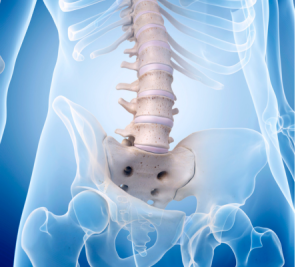
Anterior Lumbar Interbody Fusion ALIF stands for Anterior Lumbar Interbody Fusion. It is a surgical procedure used to treat certain spinal conditions in the lumbar

Artificial Disc Replacement Artificial Disc Replacement (ADR) Artificial Disc Replacement (ADR), also known as Total Disc Replacement (TDR), is a surgical procedure used to treat

Microdiscectomy Microdiscectomy Microdiscectomy, also known as microdecompression or microdiscectomy surgery, is a minimally invasive surgical procedure performed to treat a herniated disc in the spine.

Lumbar Laminectomy Lumbar laminectomy Lumbar laminectomy, also known as decompressive laminectomy, is a surgical procedure performed to relieve pressure on the spinal cord or nerve roots

Lumbar Spine Disease Lumbar spine disease Lumbar spine disease refers to various medical conditions that affect the lumbar spine, which is the lower portion of the
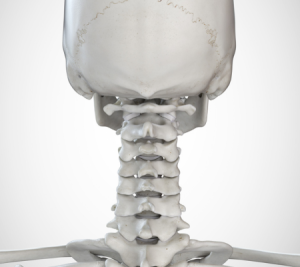
Cervical Disc Arthroplasty Cervical artificial disc replacement, also known as cervical disc arthroplasty, is a surgical procedure that aims to replace a damaged or degenerated cervical

Cervical Laminoplasty Cervical laminoplasty is a surgical procedure performed to relieve pressure on the spinal cord in the cervical (neck) region. It is typically used to
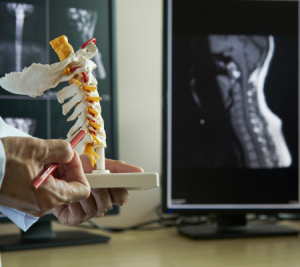
Anterior Cervical Discectomy and Fusion Anterior Cervical Discectomy and Fusion (ACDF) Anterior cervical discectomy and fusion (ACDF) is a surgical procedure performed to relieve pressure
Pelham, AL
info@albjc.com
205.621.4835
205.621.3778